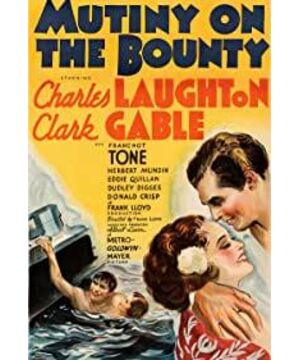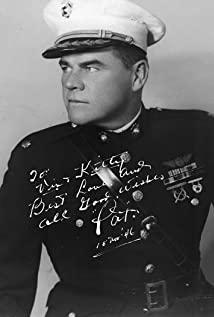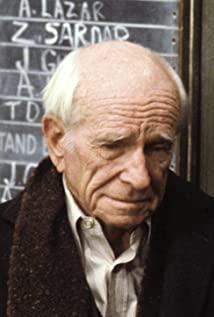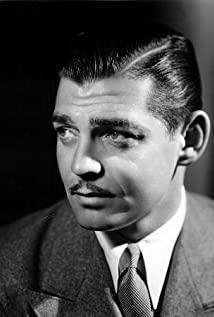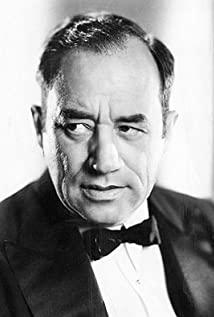http://qfmeng.blogbus.com/logs/165124383.html
Mutiny on the Bounty (1935)
Continue to watch the AFI100 series of movies, 1998 The list is coming to an end. Perseverance is victory!
The story of the movie reflects a real event. In 1789, the British Navy Bounty was ordered to collect bread trees in Tahiti in the South Pacific. During the voyage, the captain William Bligh treated the crew extremely cruelly. He abused his power, flogged people, acted arbitrarily, embezzled the materials on the ship, abused the crew, denied them enough food, and so on. Fletcher Christian, the ship's first officer, could not understand the evil actions of captain William Bligh, and frequent conflicts with William Bligh made William Bligh often trouble Fletcher Christian. After arriving in Tahiti, the captain William Bligh did not give Fletcher Christian a holiday. In the end, Fletcher Christian was given a day off at the request of the Tahitians. During the voyage, Fletcher Christian established a friendship with Roger Byam, a student of the Naval Academy. He entrusted Roger Byam with one thing: If he can't return to the UK, let Roger Byam visit his parents for him. At this time, Fletcher Christian has foreseen the future. What's going to happen. On the way back, the captain William Bligh continued to implement his own tyranny, and the unbearable Fletcher Christian led the oppressed and abused crew to seize the command of the ship. Fletcher Christian drove all the crew members loyal to William Bligh into a small boat and let them fend for themselves. Roger Byam disagreed with Fletcher Christian's approach, and wanted to continue to defend William Bligh, so Fletcher Christian had to arrest him. Afterwards, the Bounty returned to Tahiti to live happily with the residents of the island. William Bligh and the exiled crew returned to England with tenacious vitality and perseverance. William Bligh immediately led a frigate and began looking for Fletcher Christian's revenge. When William Bligh's ship arrived in Tahiti, Fletcher Christian had already led the crew to leave, leaving only those who wanted to return to England or continue to be loyal to the king. William Seeing these people, Bligh arrested them indiscriminately, and proceeded to search for Fletcher Christian indiscriminately. Subsequently,. William Bligh's ship struck a rock while searching, and he had to lead the crew back to England. At this time, Fletcher Christian had led people to an uninhabited island, burned down the Bounty and settled down. This island is now Pitcairn Islands. In the United Kingdom, Roger Byam and other Bounty crew members brought back from Daxi were sentenced to death. Because of Roger Byam's family status and the plea of others, he can continue to serve as a naval officer.
The story of the movie is very dramatic. The order of occurrence of the story is: sailing-sailing-arrival-returning-mutiny-expulsion-escape-revenge-escape-ship destruction-trial. Among them, the turning point is expulsion, escape and revenge, and ship destruction. They are twists and turns. . Both of these turning points are unexpected. When William Bligh and others were driven to a small boat, who would have thought that they could sail thousands of nautical miles back to land? When William Bligh commanded the frigate to search for the Bounty, it was unexpected that the ship hit a rock and crashed. Who would have thought that William Bligh would be so unlucky? Such a rich and tortuous story is very suitable for filming. Therefore, as a movie from the 1930s, this film is still very enjoyable. However, in the 21st century today, the plot is not so attractive.
Although the movie is very enjoyable, the plot of the movie is too long. It has too many details, such as Roger Byam's play and pranks with two roommates; the funny actions of other people on the ship, such as the scene where the messy sweeper throws the trash can into the sea, his embarrassment when looking for the direction of the wind, etc. Some irrelevant dialogue in the film also took up a lot of the film's time, such as the farewell of the people on the boat after the film began, the meaningless conversations between the crew, etc., all of which have nothing to do with the theme of the film. It is for these reasons that the plot that the film focuses on-the rebellion, only happened after an hour in the film, which is too slow! To put it bluntly, since it's a movie about rebellion, it should enter the subject early, and there is no need for the audience to wait so long. In short, these plots are completely deleted and do not affect the main content of the story at all.
Other aspects of the movie are very common today, but it should be a top production in that era. There are many big scenes in the film, such as the ship crashing, the ship hitting a rock, the ship going out to sea, the dangerous actions on the mast, and the real scenes after various storms and big waves hit. From the perspective of the 1930s in the last century, the film belongs to a huge production. Of course, as an old Hollywood movie, the appearance of fake scenes is also indispensable, so I saw a lot of scenes where the background is shaking, but the people are not shaking. In short, even if the characters in the movie shuttle between the real scene and the fake scene, looking at the film from the current point of view, it is still a bit visually stunning.
The other aspects of the film are quite satisfactory, and the costumes, styles, and setting are all in line with the film's story background. In addition, the film’s story development space is limited, and they are all in the rudimentary cabin, making the film’s setting look a bit shabby and not so “good-looking”.
I watched more AFI100 movies and found that these 100 movies are very different from the movies in IMDB250. AFI100 films do not win by plot, but have a classic status in terms of film technology, theme, meaning and originality. Similarly, the excellence of this film is not in the plot, theme and actors that I value, but in its technological leadership in that era and its position in film history. As a film layman, it is difficult for me to understand its strengths, so I won't comment on it.
Among the actors in this film, there are two familiar faces. Charles Laughton plays the bad captain. He once played a good lawyer in "The Prosecution Witness", which shows that he is an acting school. Both good and bad people can act, and they are all real. Clark Gable played a good first officer, a typical justice role, in line with his image. Other actors are unfamiliar, and there is no major actress in this film. The women who appear are all indigenous and can't even speak English, so there is nothing to say about them.
In short, a movie that records real events. This film should look very good in the 1930s, but now that I watch it again, it's just an old movie without any special appeal.
Sequence: 0579
Mutiny.On.The.Bounty.1935.D9.MiniSD-TLF
2011-10-10
View more about Mutiny on the Bounty reviews


